Collection |
Collections
Filters
-
Collection Type
-
-
Focus |
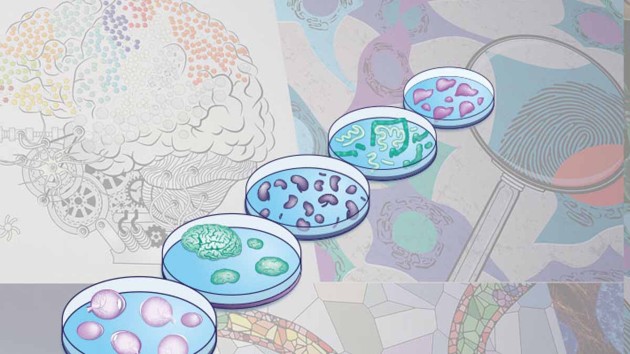 Method of the Year 2017
Method of the Year 2017
We've chosen organoids as Method of the Year 2017, for their immense potential as tools to study human biology in health and disease.
-
Collection |
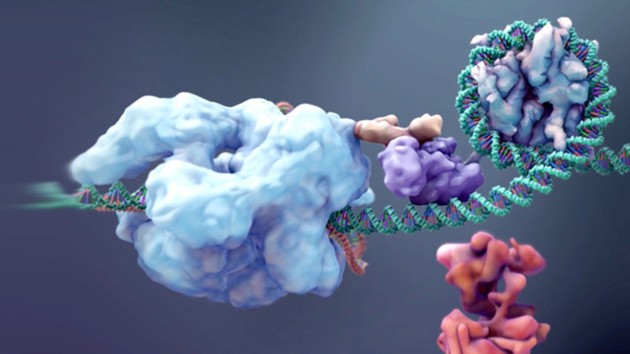 Expanding the CRISPR Toolbox
Expanding the CRISPR Toolbox
The CRISPR-Cas9 system is best known for its ability to knock out or replace specific genes, via targeted cleavage of the genome. But scientists are developing many more applications, typically by using an inactive Cas9 to target other enzymes to specific genomic sites. From transcriptional regulation to base editing, these developments are extending the range of biological questions that can be probed with CRISPR/Cas9.
-
Collection |
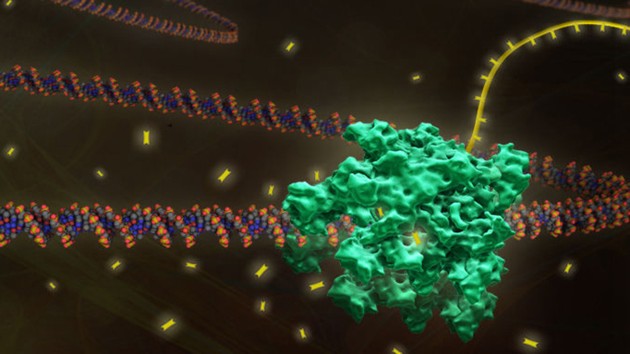 The FANTOM5 Project
The FANTOM5 Project
A collection of research and data papers published across Nature Research, from the fifth cycle of the Functional ANnoTation Of the Mammalian genome project (FANTOM).
Image: Richard Janissen - TU Delft -
Focus |
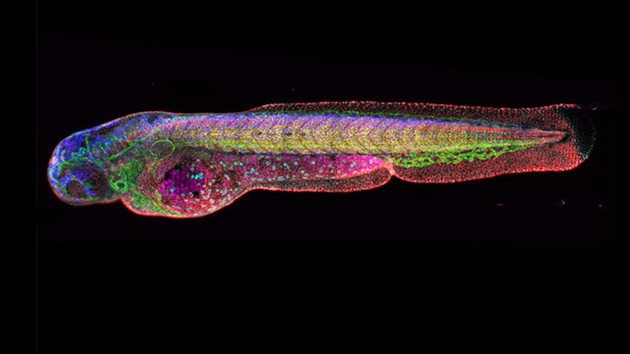 Focus on deep imaging of live tissue
Focus on deep imaging of live tissue
One of the goals of biological imaging is to watch biological processes where they occur – within living tissue or even within a living animal. But in vivo imaging presents a set of challenges that are not encountered when imaging relatively small, flat samples like cells. In this Focus issue, we bring together papers on methods for optical imaging within living tissue.
-
Focus |
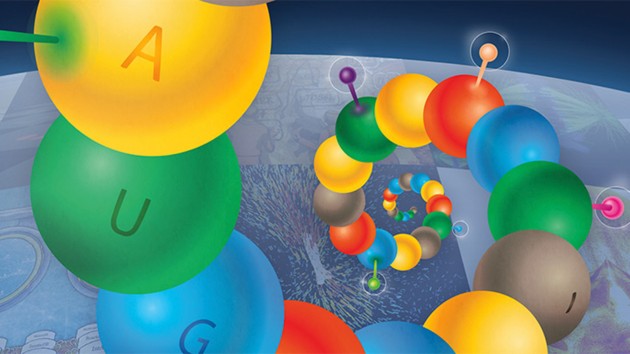 Method of the Year 2016
Method of the Year 2016
Epitranscriptome analysis is our choice for Method of the Year 2016. A News Feature looks at the history of the field, from the first discoveries of RNA modifications in the 1960s to recent transcriptome-wide methods. A Review describes the strengths and weaknesses of these methods, and a Commentary discusses the functional importance of a particular modification in stem cells. Our choice of eight methods to watch highlights areas we think will be influential in 2017 and beyond.
-
Collection |
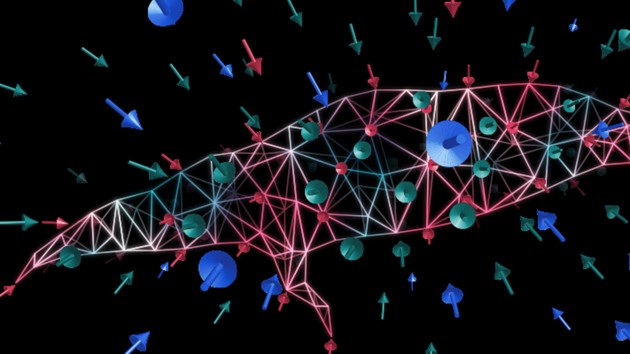 Dynamic materials for tissue engineering
Dynamic materials for tissue engineering
The tissue microenvironment is structurally and dynamically complex. Materials designed to interact with diseased or compromised tissue to induce regeneration, or to act as a scaffold for the production of tissues in the laboratory, thus need to be responsive to the microenvironment. For this, researchers leverage increased knowledge of the importance of the spatiotemporal integration of biomaterials with the tissue environment, as well as latest developments in high-resolution technologies in imaging and in materials synthesis and fabrication. Dynamically responsive materials for use in tissue engineering respond to external stimuli or have inherent properties that trigger the targeted, timed release of integral chemical constituents or of incorporated ligands for the controlled repair or remodelling of surrounding tissue. This collection highlights recent impactful advances, published in Nature-branded journals, in such dynamic biomaterials.
Image: Tulsi Voralia -
Collection |
 The Epitranscriptome
The Epitranscriptome
Welcome to 'The Epitranscriptome', an article collection from various Nature journals highlighting the role of mRNA modifications in RNA fate and gene expression.
-
Focus |
 Method of the Year 2015
Method of the Year 2015
Our choice for Method of the Year 2015 is single-particle cryo-electron microscopy. A collection of articles discusses how recent technical advances, especially the development of direct-detection cameras, have enabled this structural biology technique to make impressive leaps in achievable resolution and, in turn, provide new insights about protein function. We also highlight methods to watch in the upcoming years.
-
Milestone |
 Nature Milestones in Mass Spectrometry
Nature Milestones in Mass Spectrometry
Nature Milestones: Mass Spectrometry is a series of specially written articles, highlighting some of the most influential developments in the history of mass spectrometry and the chemical and biological applications that stemmed from these advances.
-
Collection |
Multicolor flow cytometry
Flow cytometry is a powerful laser-based technology. Due to developments in hardware, software and new fluorescent reagents it has now become possible to measure multiple parameters of individual cells with enhanced efficiency and quality and, notably, to generate more data with a smaller sample size than would be required for serial analysis. How have the advances of modern multicolor flow cytometry driven research forward, especially in the field of immunology?
-
Special |
Special Feature — Method of the Year 2014
Our Method of the Year 2014 goes to light-sheet fluorescence microscopy. This series of papers discusses how this technology, in combination with increasingly sophisticated cameras and powerful computing, is dramatically changing and enabling the imaging of living biological samples from developing embryos to functioning brains. We also highlight methods worth watching in the upcoming years.

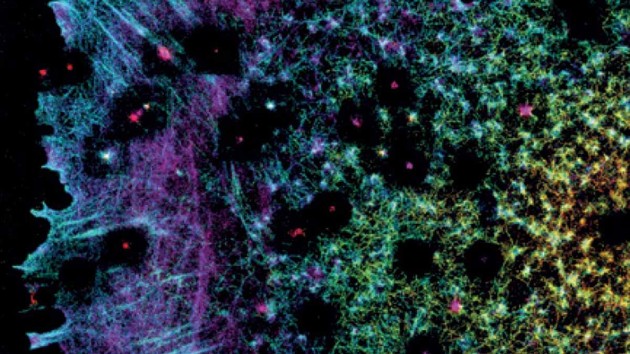 Super-resolution microscopy
Super-resolution microscopy